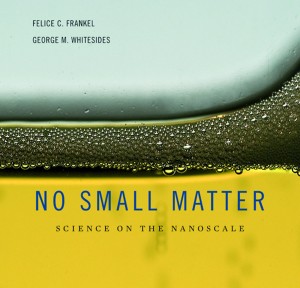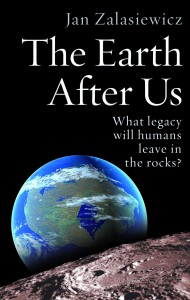MONDAY, 3 MAY 2010
A coming-of-age story about an orphaned boy raised in strict religious confines. A love story. Good guys versus bad guys. An exercise in self-reflexivity. A treatise on modern philosophy. A commentary on the nature of story-telling. A biography.All of these could equally describe Logicomix – the visionary, genre-bending graphic novel from Apostolos Doxiadis and Christos H. Papadimitriou – with one caveat: its main narrative is the story of mathematical logic in the 20th century. Its hero is Bertrand Russell, the Cambridge scholar, who is juxtaposed with the tragic figure of Ludwig Wittgenstein, Russell’s infamous yet capricious pupil. The struggle for mathematical proof is animated, both literally and figuratively, by the story of Russell’s life, and is contrasted with Doxiadis’ and Papdimitriou’s laboured attempts to translate the complexities of Logic to a general audience (a story which itself appears intermittently throughout the comic). And its villain? The academic establishment – bald, pot-bellied and peering menacingly through its wire-rimmed glasses.
Original, enlightening and accessible, Logicomix is a wonderful experiment in the possibilities of the graphic novel. Read it, and you will feel nascent, inspired – caught in the art of something new. Taylor Burns
No Small Matter: Science on the Nanoscale
A glossy, 182-page introduction to all things nano, written for a general readership. Frenkel and Whitesides – two Harvard professors – start the book with bite-sized summaries on basic scientific concepts and tools that influence much of nanoscience: the atomic force microscope, the quantum, nanotubes, and wave particle duality. Yet, instead of graphs or equations, Frenkel has handpicked stunning photographs and visualisations of what the world ‘looks’ like at nanometre scales, leaving Whitesides to provide emotive metaphors describing what it is like to explore and tweak the many possibilities of nanoscience and nanotechnology. For example, a drug molecule wedged in an enzyme is like an attention seeking child, the cell is a circus, light is like a wave when it moves, like a bullet when it hits, and equations should be read like poetry.
This is a popular science book, but is worth a read to share the authors’ joy and obvious passion towards this rapidly growing field. Wing Ying Chow
The Earth After Us: What Legacy Will Humans Leave in the Rocks?
Are gimmicks a necessary evil for sparking the general public’s interest? Zalasiewicz uses a motif of future alien geologists in an attempt to make Earth geology as scintillating as science fiction. For the lay audience, however, rocks are unlikely to make the bestsellers list, no matter how gripping the book. This is problematic, as the book is clearly written for an audience with little to no previous experience in geology. It covers the basics with enough entertaining tangents to stimulate the keen reader’s interest. Geological processes and the history of their discovery are explained in a light and simple manner that is much more readable than an introductory textbook. However, recurrent speculation about ‘future explorers’ rings a bit false and gives the author too many opportunities to get on his soapbox.
The book’s real strength lies in the way it cuts humans and their reign over Earth down to size, as only an understanding of geological time can. In a world of popular science that is largely human-centric, it is both refreshing and necessary to be reminded how temporary our species and its technology is in the context of the history of the Earth. Heather Hillenbrand



